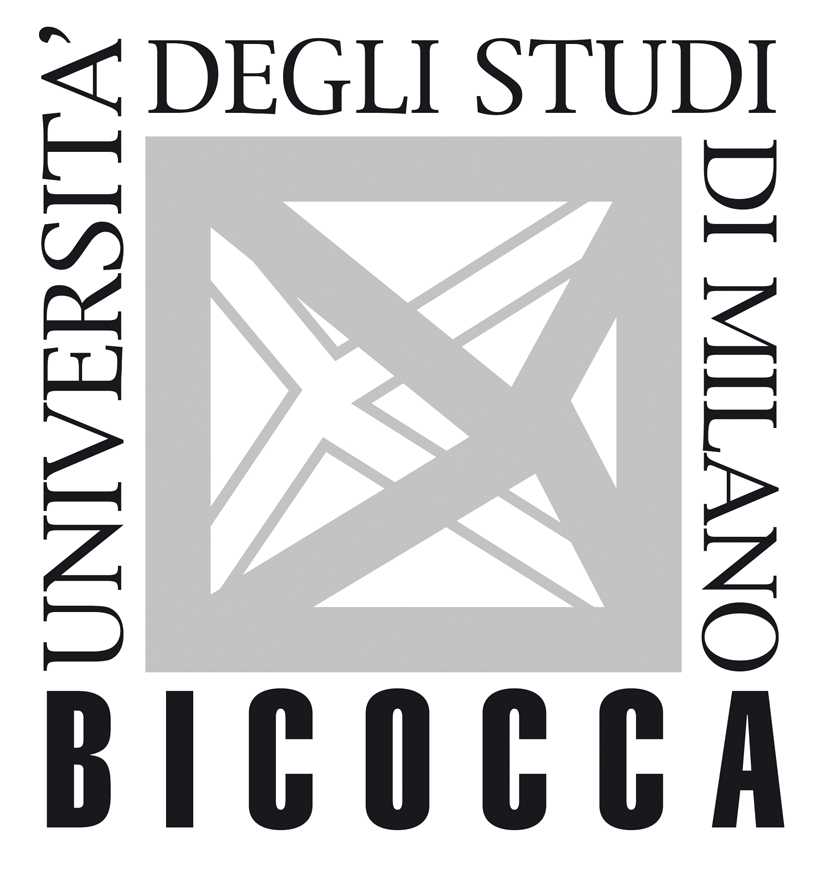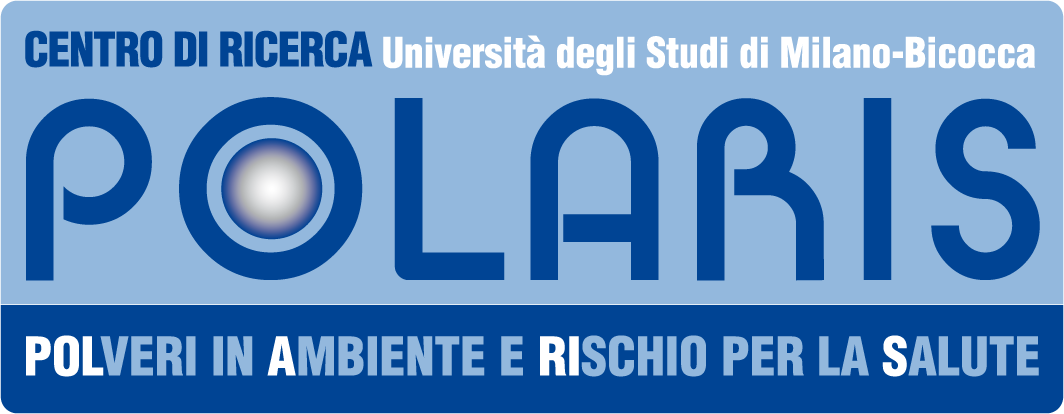Managing air quality and health risk: from airborne fine particulate (PM2.5) characterization to the biological mechanism of action
Financing Sponsor: Ministero degli Affari Esteri e della Cooperazione Internazionale (MAECI)

Supervisors: Paride Mantecca, Marina Camatini
Time: 2016-2018
Dep. of Environmental Sciences – UNIMIB.
Research group: Applied Cell Biology. Supervisor: Dr. Paride Mantecca (scientific supervisor of the project).
National Research Centre – Air Pollution Department, Dokki, Giza, Egypt. Supervisor: Dr. Salwa Hassan
Summary
Air pollution largely contributes to the burden of respiratory and allergic diseases, as well as to the cardiovascular morbidity and mortality [1, 2]. Experimental and epidemiological studies have led to an increased recognition of the emerging importance of the atmospheric particulate matter (PM) with particle below 2.5 um (PM 2.5). In particular traffic-related and biomass burning-derived particles (FP) have been indicated as potential major contributors to the adverse health effects . Air quality is a priority for all national governments , which are invited to adopt the best strategies to guarantee health and wellbeing for the population. This aspect is thus of primary importance and make the scientific and technological cooperation necessary to develop common rationale solutions to the problems. Accordingly this project has been set up to improve the research quality in Milan (3) and Dokki , Giza (Egypt ) (5) where research groups are already active in this field. The air of these metropolitan areas is heavily affected by traffic and biomass-burning emissions. Anyway, the geographic and climatic variables, as well as the technologies adopted for vehicle engines and burning systems can contribute to modulate the final effects on air quality and human health. To support the decision making process, an in deep knowledge of the real health outcomes associated to the exposure to FP from the most used sources is mandatory. Although a vast literature is available on the effects of PM10 and PM2.5, scientific evidences are needed to understand the mechanisms of action of FP. To achieve these goals, the partners will set-up a work involving PM monitoring and sampling, cell culture experiments with advanced in vitro models and clinical studies.




